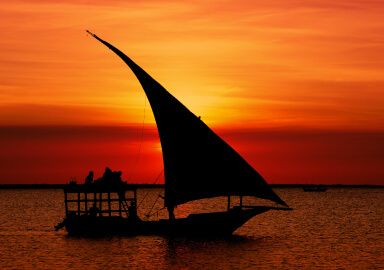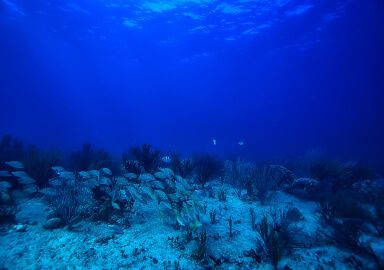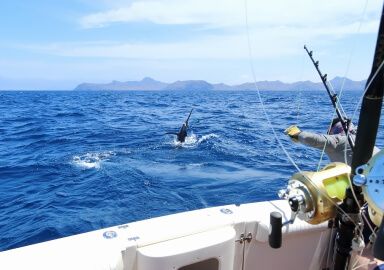Prawn
Prawns are a fascinating, important, diverse group of aquatic invertebrates that are generally considered to be extremely pleasant tasting.
View 6 listings
6
listings
–
price starting from
2
countries
–
to the nearest trip
Where and When?
Prawns are to be found in many freshwater and marine environments except, generally, the really cold ones. There are many commercial fisheries that account for about two million tons of prawns annually. The largest fisheries are in the Far East, particularly around China and Japan, mainly focussing on smaller “Acetes” prawns, often called “paste” prawns. Prawn farming is carried out extensively- with Vietnam and Chile being major players.
In warmer coastal areas such as the Gulf of Mexico, parts of Australia and South Africa, several species of “Peneid-type” prawns, such as Penaeus monodon the tiger prawn, are caught and much prized. One of the largest prawn fisheries is for the cold-water “northern prawn” (Pandalus borealis) with many tons of them being landed in Canada and Greenland. Most prawns undergo daily and seasonal movements, often on quite a large scale.
Most commercial fisheries have short seasons when the prawns aggregate in known areas for spawning. Local knowledge is essential to locate areas of prawn abundance and the time when they are inshore. Most commercial prawn fishing, plus recreational trawling, can be carried out anytime, but prawns mostly feed at night and are best and easiest caught after dark.
About Prawn
“Prawns” and “shrimps” are colloquial terms used to describe a large complex of species of crustaceans of the order Decapoda, meaning ten-legged. The terms are very confusing as, although both originated in northern Europe, they are now in use all over the world and mean different things in different areas. Originally, bigger ones were called prawns, and smaller one shrimps, but now it’s often the other way round, especially in southern USA. From a recreational fishing perspective though, there's not much difference.
Prawns are found in freshwater, estuaries, coastal waters and also deep water. Adult prawns vary in body size from one cm. (0,4 in.) to over 25 cm. (9,8 in.) They are mostly a commercial fishing target with only localised recreational fishing. All are termed “detritivores” in that they feed mostly from material on bottom sediments, but some are predators on other invertebrates and even small fish.
How to Catch?
Recreational prawn fishing is not nearly as common as it was a few decades ago and one of the largest is on the Gulf of Mexico shore in the USA. Instead of many small boats queuing up for a 6 a.m. start, there are now usually mostly commercial operations plus a few diehards. Boat-based recreational prawn fishing typically applies the same trawling method as commercial harvest; it is time consuming and costly and the rewards, as the hero of the movie Forest Gump found out, can be erratic at best.
Another method, practiced in shallow waters all over the world, is to push a wooden handled broad-based net, known as “shove net”, along sandy bottoms in lagoons, bays and harbours. In murky waters this can work well in daytime, while in clear water it is a night time activity. Much of the catch is usually very small, and serves as bait.
Perhaps the most fun and exciting way to catch large prawns in clear water is to carefully walk around a bay or inlet after dark with a simple multi-pronged spear. The fisher has to very carefully approach the prawn and spear it accurately before it shoots off, at amazing speed, backwards into the dark. This can be an adrenaline rush of note in Africa where you can encounter are hippos and crocs, Australia with crocodiles and in the USA with alligators.







